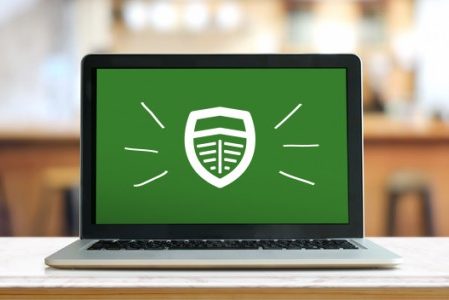Security
How to Safeguard Your Online Devices
Take these 6 easy steps to protect your online devices.
1. Install an antivirus program and keep it updated with built-in auto-update and auto-renewal options. Take time to get to know your antivirus and any other security tools that your devices might contain. Understanding the tools that protect you will go a long way.
2. Create strong passwords – the longer, the stronger. Don’t use the same password for different accounts. Don’t let your computer save passwords automatically. Instead, try using a password manager (Dashlane, NordPass & RoboForm are a few reputable ones).
3. Get a Virtual Private Network (VPN). A VPN allows you to connect your smartphone, tablet, or computer to another computer known as a server somewhere on the web and browse the web using the internet connection of that computer. The server is located elsewhere so it looks like you are connecting from the server’s location. The VPN will also encrypt your information, keeping it safe from hackers.
4. Use Multi-Factor Authentication (MFA). MFA requires more than just your username and password to get into your accounts. MFA can be something physical like your fingerprint or you may need to provide a code that is texted to you. If the data or information in an account is sensitive or valuable, and the account offers MFA, you should enable it.
5. Enable passcodes on devices whenever available. Your devices are useless to someone if they can’t access them. A passcode will prevent that access.
6. Be careful when using Public WiFi. Public wireless networks and hot spots are not secure, which means that anyone could potentially see what you are doing on your device while you are connected to them. Limit what you do on Public WiFi, and avoid logging in to key accounts like email and financial accounts.







